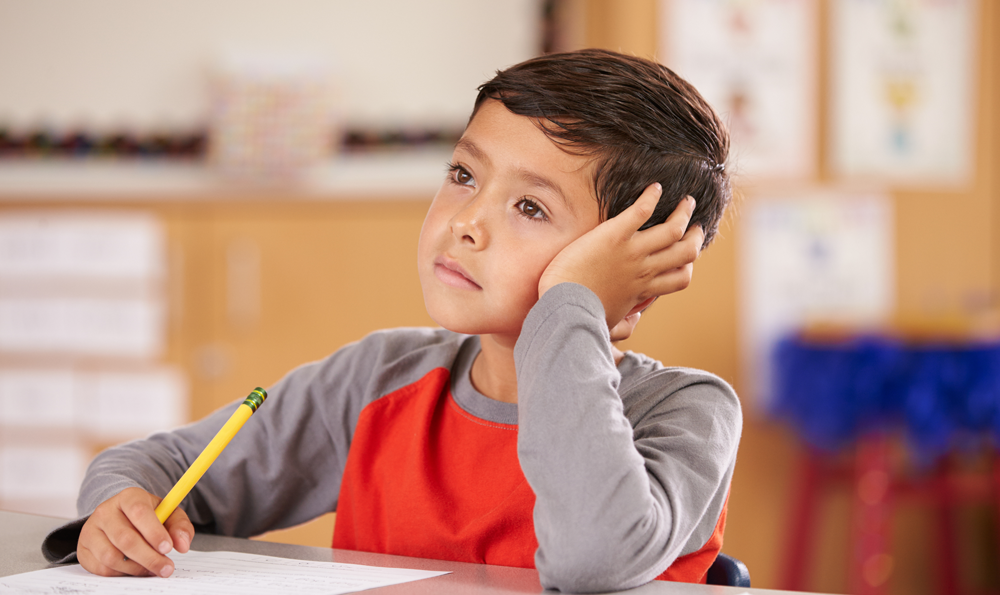Kids fidget in class, forget their backpacks, and have trouble paying attention—it happens all the time. So, when is a child’s inattention, impulsivity, or hyperactivity a clinical diagnosis known as attention deficit hyperactivity disorder (ADHD)?
James Sherer, MD, medical director of Addiction Psychiatry for Atlantic Health System, says for most kids, hyperactivity, difficulty focusing, and an inability to control impulses or emotions are a normal part of childhood—not a clinical diagnosis.
What is ADHD?
“ADHD is a neurodevelopmental disorder that impacts brain development and function,” says Dr. Sherer. “It affects the brain’s ability to plan, organize, and handle tasks. For kids who have ADHD, these limitations present real challenges in their everyday lives.”
Dr. Sherer says that ADHD is a mental condition and not simply laziness or a lack of discipline. Young boys are more likely than girls to be diagnosed with ADHD, although some believe it is underdiagnosed in girls. And, once a patient has ADHD, it often persists into adulthood and may require ongoing treatment.
What are the three types of ADHD?
1. Inattention
You have trouble paying attention to details, following instructions, and completing tasks. You’re easily distracted, struggle with organization and time management, and frequently lose things.
2. Hyperactivity
You have trouble sitting still for long periods of time. You’re restless and high energy. You talk excessively and need to be constantly on the go.
3. Mixed
You have symptoms of both inattention and hyperactivity, which is considered a “mixed” presentation. Impulsivity is a trait that is shared across ADHD subtypes.
What causes ADHD?
Although research is ongoing, genes play a role in regulating brain chemistry, and ADHD tends to run in families. Studies find that pollutants in the environment may contribute, too.
How is ADHD diagnosed?
“We first look for any possible causes that may have triggered symptoms that look like ADHD,” says Dr. Sherer. “These can be family medical history, a mental health condition, or a sudden life change that has brought on trauma or ongoing stress.”
If a child’s symptoms and behavior resemble ADHD, talk to your pediatrician, child psychiatrist, neuropsychologist, or a child development specialist. They can help determine if it’s normal kid behavior or a clinical ADHD diagnosis.
How is ADHD treated?
According to Dr. Sherer, ADHD treatment typically involves a combination of medication, therapy, and lifestyle and skills training.
Medication is an effective tool to improve focus and attention. There are many options, although some have side effects, so it can take time to find the right medication and dosage.
“Stimulant medications are the gold standard,” says Dr. Sherer, “but excellent nonstimulant options also exist, and new treatments are coming to the market all the time, including a new antidepressant for children that can also treat ADHD.”
Therapy teaches kids strategies and techniques to manage their symptoms. It focuses on improving organization, time management, and problem-solving.
Lifestyle and skills training focuses on getting regular exercise, eating balanced and nutritious meals, and developing good sleep patterns.
“When left unidentified or untreated, ADHD can affect work, relationships, and daily functioning,” says Dr. Sherer. “But with the right support, kids with ADHD grow into adults who lead successful, fulfilling, and often highly productive lives.”












